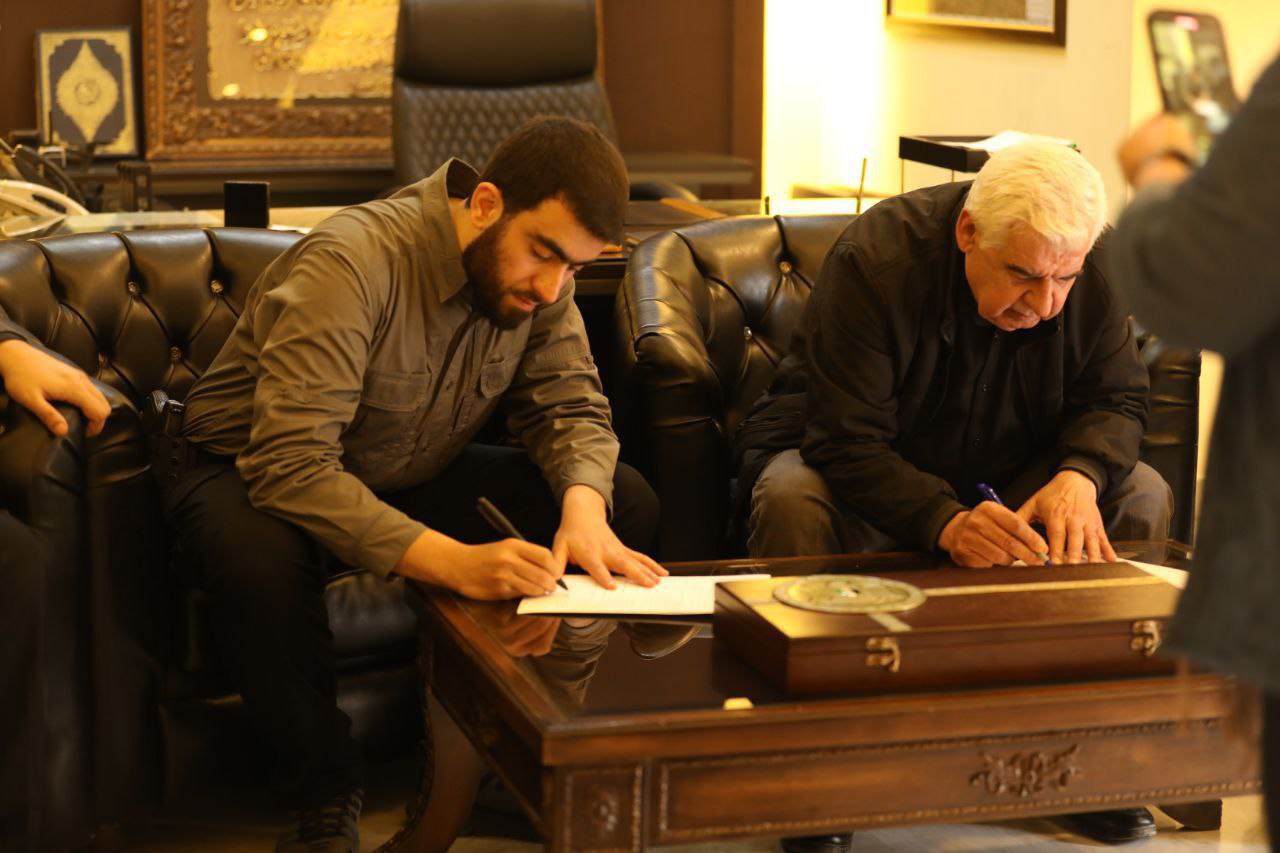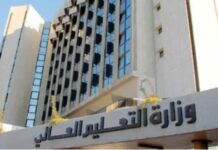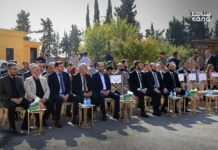
The Syrian government and the Syrian Democratic Forces (SDF) have reached an agreement over the administration and security of the Kurdish-majority Sheikh Maqsoud and Ashrafieh neighborhoods in Aleppo. The deal outlines a framework for cooperation between the two sides, the gradual withdrawal of SDF forces, and the integration of local administration into the city’s governance structure.
Key Provisions of the Agreement
The agreement, signed between the Ashrafieh and Sheikh Maqsoud Neighborhood Civil Council and a delegation from the Syrian government, consists of 14 clauses. It affirms that the two neighborhoods will be recognized as part of Aleppo, with an appointed administrator ensuring governance while respecting the area’s social and cultural identity.
One of the primary security measures includes banning armed demonstrations and restricting weapons to the Ministry of Interior’s internal security forces, which will also be responsible for safeguarding residents. The deal also mandates the phased withdrawal of SDF fighters to their stronghold in northeastern Syria, while internal security forces, including the Kurdish Asayish, will continue to operate under a joint mechanism with the government.
In a move aimed at improving access and mobility, the agreement allows for the opening of crossings between Sheikh Maqsoud, Ashrafieh, and the rest of Aleppo. However, checkpoints will remain under the supervision of the Ministry of Interior and local security forces. Additionally, a coordination committee will be established to facilitate travel between Aleppo and the Autonomous Administration-controlled regions in northeastern Syria.
Political and Administrative Adjustments
The agreement grants residents of the two neighborhoods representation in Aleppo’s Provincial Council, Chambers of Commerce and Industry, and other sectors in accordance with Syrian law. It also maintains the status of existing service, administrative, and educational institutions until further deliberation by the joint committees.
Another key aspect includes a commitment to addressing detainee issues. Both sides will discuss the status of prisoners held in Aleppo province, with an initial exchange of captives taken after the fall of the Assad regime. The release of detainees currently held by the SDF is expected to be the first step in implementing the agreement, with the withdrawal of SDF fighters scheduled to begin after Eid al-Fitr.
Reactions & Implications
Badran Jia Kurd, an advisor to the Autonomous Administration of North and East Syria (AANES), described the agreement as a “positive step toward stability and coexistence.” He emphasized that security arrangements in the neighborhoods would continue under an agreed-upon framework between the Asayish and the Ministry of Interior.
Kurd also warned that the Syrian authorities bear responsibility for any threats that may emerge in the neighborhoods and linked the deal to broader negotiations regarding the future of Afrin, a historically Kurdish region occupied by Turkish-backed forces.
The agreement follows months of tensions, including clashes and sniper attacks in the surrounding areas. It is part of a broader effort to integrate SDF elements into the Syrian state, as evidenced by a separate agreement signed in March between Syrian President Ahmad al-Sharaa and SDF commander Mazloum Abdi. While the immediate goal is to stabilize Aleppo, the long-term implications of the agreement remain uncertain, particularly concerning the broader political status of Kurdish-led governance in Syria.









